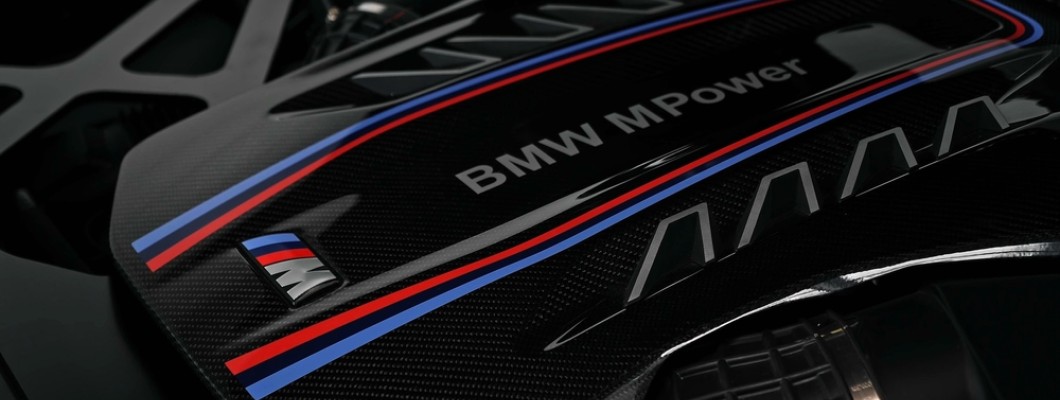
The history of BMW's M Sport division is a fascinating journey of innovation, engineering excellence, and a relentless pursuit of driving pleasure. M Sport, or simply "M," stands for "Motorsport," and it signifies the performance-oriented arm of BMW. This division has played a pivotal role in shaping the brand's identity and reputation for creating some of the most exhilarating driving machines on the road.
The Genesis: BMW Motorsport GmbH
The roots of BMW M Sport can be traced back to 1972, when BMW Motorsport GmbH was founded. The division was established to handle BMW's motorsport activities and to develop high-performance versions of BMW production models. The first project undertaken by BMW Motorsport GmbH was the creation of the legendary BMW 3.0 CSL, a car that would dominate European touring car racing and become an icon in its own right.
The Birth of an Icon: BMW M1
In 1978, BMW Motorsport GmbH introduced the BMW M1, the first car to bear the now-famous "M" badge. The M1 was a mid-engined sports car developed in collaboration with Lamborghini and was designed to compete in Group 4 and Group 5 racing. Although the M1's racing career was short-lived, its impact on BMW's performance image was profound. The car's stunning design, advanced engineering, and impressive performance set the stage for future M models.
The 1980s: The Rise of the M3
The 1980s saw the introduction of one of the most significant and beloved M cars: the BMW M3. Launched in 1986, the E30 M3 was developed as a homologation special to allow BMW to compete in Group A touring car racing. With its aggressive styling, high-revving four-cylinder engine, and razor-sharp handling, the E30 M3 quickly became a legend on both the track and the road.
The M3's success in motorsport, including numerous victories in the DTM (Deutsche Tourenwagen Meisterschaft), cemented its status as a true performance icon. It also marked the beginning of the M3 lineage, which would go on to include several generations, each raising the bar for performance and driving dynamics.
Expanding the Lineup: M5 and Beyond
In 1985, BMW Motorsport GmbH expanded its lineup with the introduction of the first-generation BMW M5 (E28). The M5 was based on the 5 Series sedan and featured a modified version of the M1's inline-six engine. It combined the practicality of a four-door saloon with the performance of a sports car, creating a new niche in the market for high-performance executive sedans.
The success of the M5 led to the development of other M models, including the M6, based on the 6 Series coupe. These cars showcased BMW's ability to blend luxury and performance, appealing to a broader audience of driving enthusiasts.
The 1990s and 2000s: Continued Innovation
The 1990s and 2000s saw BMW M Sport continue to innovate and expand its lineup. The E36 and E46 M3s, introduced in 1992 and 2000 respectively, pushed the boundaries of performance with powerful inline-six engines and advanced chassis technology. The E39 M5, launched in 1998, featured a 4.9-litre V8 engine, making it one of the most powerful sedans of its time.
During this period, BMW also introduced M versions of its popular X5 and X6 SUVs, combining the versatility and practicality of these models with the performance and handling characteristics of M cars. This move broadened the appeal of M Sport vehicles and demonstrated BMW's commitment to performance across its entire range.
Modern Era: Technological Advancements and Electrification
In recent years, BMW M Sport has embraced technological advancements and the shift towards electrification. The introduction of turbocharging across the M line up has brought significant performance gains while improving fuel efficiency. Models like the F80 M3 and F82 M4, introduced in 2014, feature twin-turbocharged inline-six engines that deliver exhilarating performance.
BMW has also ventured into hybrid and electric performance with models like the i8, which combines a three-cylinder petrol engine with an electric motor for a unique and thrilling driving experience. The future of BMW M Sport includes the development of fully electric M models, reflecting the brand's commitment to sustainability without compromising on performance.
M Performance Parts and M Sport Packages
Beyond dedicated M models, BMW offers M Performance Parts and M Sport packages for its standard models. These options allow customers to enhance the performance, aesthetics, and driving dynamics of their BMWs without opting for a full M car. M Sport packages typically include sportier styling, upgraded suspension, and interior enhancements, bringing a taste of M performance to a broader audience.
The Legacy of BMW M Sport
The legacy of BMW M Sport is built on a foundation of motorsport success, engineering excellence, and a passion for driving. From the iconic M1 and E30 M3 to the latest high-tech M models, BMW M Sport has consistently pushed the boundaries of what is possible in a performance car. The division's commitment to innovation and performance has made the "M" badge a symbol of driving pleasure and excellence around the world.
As BMW continues to evolve and embrace new technologies, the future of M Sport looks promising. Whether through electrification, advanced aerodynamics, or cutting-edge materials, BMW M Sport will undoubtedly continue to set new standards and deliver the ultimate driving experience for enthusiasts and drivers alike.
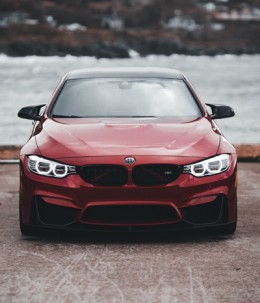





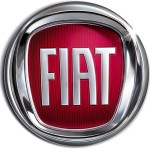
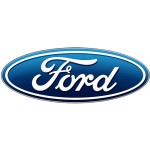





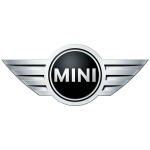



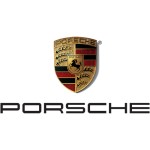



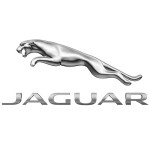




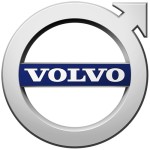

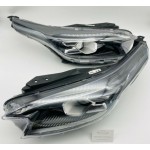
Leave a Comment